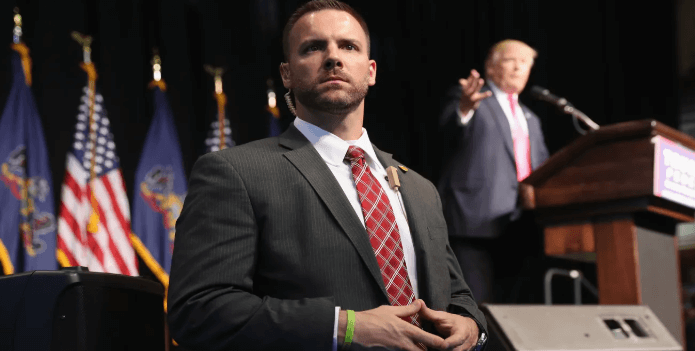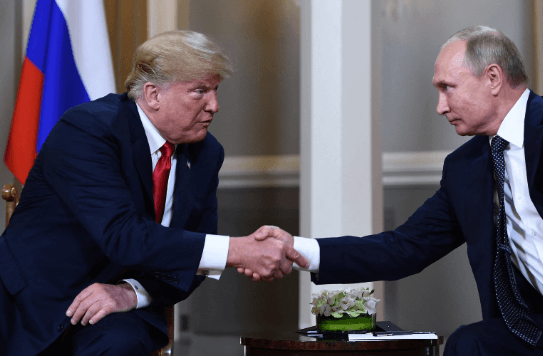Fake Hands Secret Service

The integration of “Fake Hands” technology by the Secret Service exemplifies a remarkable intersection of robotics and security, intended to bolster public safety in high-risk scenarios. These sophisticated synthetic prosthetics, engineered to replicate human dexterity, offer intriguing capabilities for threat detection. However, their introduction into security protocols invites a myriad of ethical dilemmas regarding privacy and consent. As the conversation unfolds,Fake Hands Secret Service it becomes imperative to consider not only the technological advancements but also the societal implications that accompany such innovations. What remains to be seen is how these developments will shape the future of security and individual rights.
Origins of Fake Hands Technology
The origins of fake hands technology can be traced back to the intersection of artistry and engineering, where the need for enhanced security measures catalyzed innovative developments.
Historical development reveals a progression of technological advancements aimed at creating more realistic and functional replicas.
Read also Ian Russell Net Worth: Exploring the Financial Success of a Tech Leader
This evolution raises questions about ethical implications and the balance between security and individual freedom, prompting deeper analysis of societal impacts.
How Fake Hands Work
One might wonder how fake hands have evolved into sophisticated tools used in security contexts. Advances in robotic prosthetics, combined with innovative synthetic materials, Fake Hands Secret Servicehave enabled the creation of highly functional replicas.
These prosthetics utilize sensors and motors to mimic real hand movements, allowing for seamless interaction. The integration of technology into these devices raises intriguing questions about their potential roles in safeguarding freedoms and enhancing security measures.
Real-World Applications
Innovation in security technology has led to intriguing real-world applications of fake hands, particularly in high-stakes environments such as airports, government buildings, and major public events.
These devices utilize sensor integration to enhance surveillance and threat detection.
However, their deployment raises ethical implications concerning privacy and consent, necessitating a careful examination of their impact on individual freedoms while ensuring public safety.

Public Reactions and Controversies
As security measures increasingly incorporate advanced technologies like fake hands, public reactions have emerged as a complex tapestry of support, skepticism, Fake Hands Secret Serviceand concern.
Read also Ice Age Manny Wife: Exploring the Character of Manny’s Wife in Ice Age
While some applaud the innovation for enhanced safety, others express public skepticism regarding the ethical implications of such surveillance tactics.
This dichotomy raises pressing questions about privacy,Fake Hands Secret Service individual freedoms, and the balance between security and civil liberties in a rapidly evolving technological landscape.
Conclusion
The emergence of “Fake Hands” technology by the Secret Service invites profound reflection on the intersection of security and civil liberties. As synthetic prosthetics become integral to threat detection, questions arise regarding privacy and ethical implications. Coincidence or caution? The balance between enhanced safety measures and the preservation of individual freedoms may very well determine the future trajectory of surveillance practices in society. Vigilance in addressing these concerns will be essential to ensure that security does not overshadow fundamental human rights.






